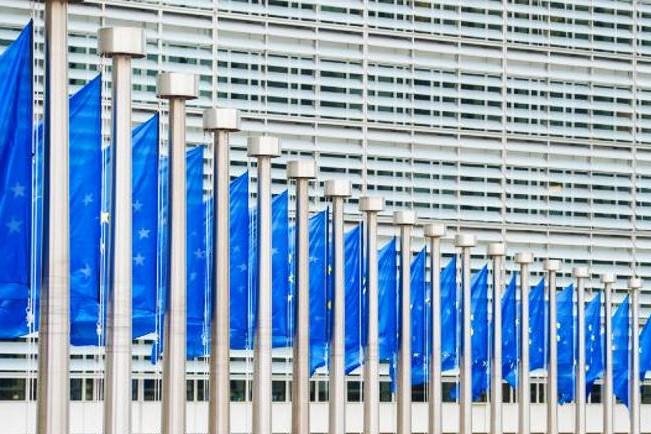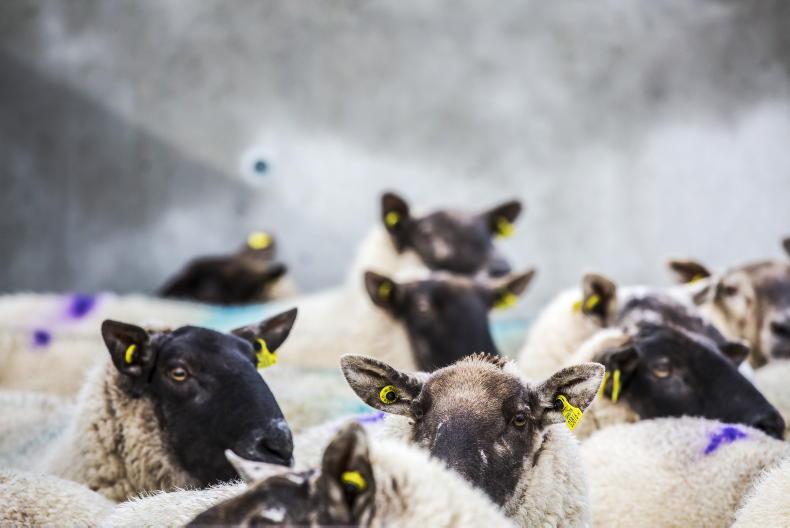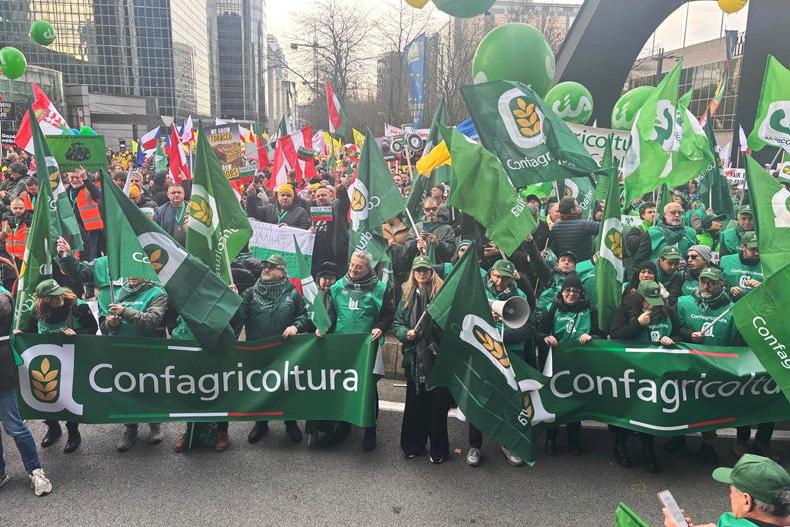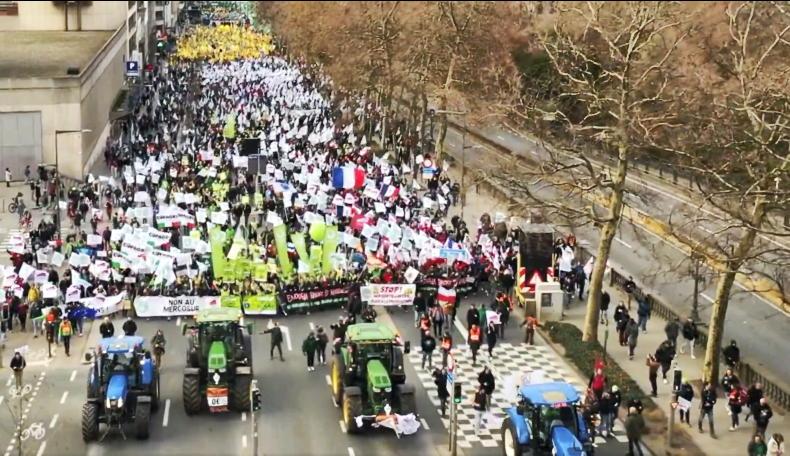Before COVID-19 dominated the global agenda, the EU was trying to agree on a budget or, to give it its full title, a Multi-annual Financial Framework (MFF), which reflects the fact that it is agreed for a seven year period. The current MFF commenced in 2014 and finishes at the end of this year, with the facility to extend the 2020 budget to cover next year, in the event of a new MFF not being agreed in time.
How the EU is funded
The EU is funded by member state contributions, calculated as a percentage of their gross national income (GNI), the measure used to calculate a nation’s total wealth. There was a major push in February to finalise the MFF, but it broke down when a number of countries refused to move beyond 1% of GNI to the 1.07% being tabled by the Council president.
he original Hogan CAP proposal from 2018 was for a €365bn CAP plus a €10bn research fund
This wasn’t at all adequate for the CAP budget, which was being slashed to €329bn for the next seven years, compared with the €383bn allocated in the present MFF, excluding the UK.
The original Hogan CAP proposal from 2018 was for a €365bn CAP plus a €10bn research fund, with a member state contribution of 1.11% of GNI to the EU budget.
While there is an ongoing debate about creation of “corona bonds” to finance what the Commission president describes as a Marshall Plan to re-float the EU economy, the reality is that the MFF will still have to be agreed.
GDP, or Gross Domestic Product, is the alternative measure to GNI for measuring a nation’s wealth
The problem, however, is that 1% or 1.07% of national contributions will be much smaller in terms of actual money, as the economies of members are forecast to shrink by between 4.6% in the best case in Poland, to 10% in Greece, with an EU average decline of 7.1% of GDP (WTO forecast). GDP, or Gross Domestic Product, is the alternative measure to GNI for measuring a nation’s wealth.
The difference is that GDP is just the value of goods and services produced in a country, while GNI also includes earnings from external multinationals.
Impact on farmer payments
Nonetheless, it is a clear indicator of the shrinkage of economies, which, if applied by the EU average of 7.1% to the €1,095bn MFF proposed by the Council president in February, would mean a loss of €77.7bn.
Extending this cut to the proposed CAP budget of €329bn would mean a further loss of €23.3bn, bringing the CAP down to just over €306bn for the next MFF period.
The Irish Farmers Journal calculated that the total Irish CAP payment would fall from €1.82bn to €1.55bn, and when this was divided between the 123,000 Irish farmers that receive payment, it left an average pay out of €12,344, a cut of €2,056.
If there is a further 7.1% cut to the CAP, it would mean that the average payment received by an Irish farmer would fall by a further €876 to €11,467.
Political issues with MFF
Getting political agreement on an MFF is always a trade-off between the countries that, because of the size of their economies, pay the most into the EU.
The most recent figures published in 2018 (Figure 1) show Germany is the largest contributor at €22.9bn, followed by France on €16.1 and with the UK departed, the next largest contributors are Italy on €11.9bn and Spain on €8bn.
In all, 10 of the 27 member states, now including Ireland, are net contributors to the EU budget. The other 17 get more money out of the EU than they put in.
Unsurprisingly, it is the countries that receive more than they contribute that favour increasing the budget, whereas the larger economies are more reluctant.
Continued pressure on finances
Offsetting the impact of the 7.1% reduction in value of EU economies to the EU budget would mean member states agreeing to contribute 1.14% of GNI, strikingly similar to the original budget proposal of 1.11% in 2018.
Once economies reopen and commence trading again, a large part of these record declines can be recovered quickly, but it is unlikely that they will bounce back to where they were before coronavirus in 2021.
All of this is in addition to Brexit, which in itself left a gap in EU finances.
When we add the EU expectation of spending more on defence, it is clear that finances will be under serious strain for the foreseeable future and the squeeze on the CAP and farmer payments is likely to get worse, instead of better.









SHARING OPTIONS